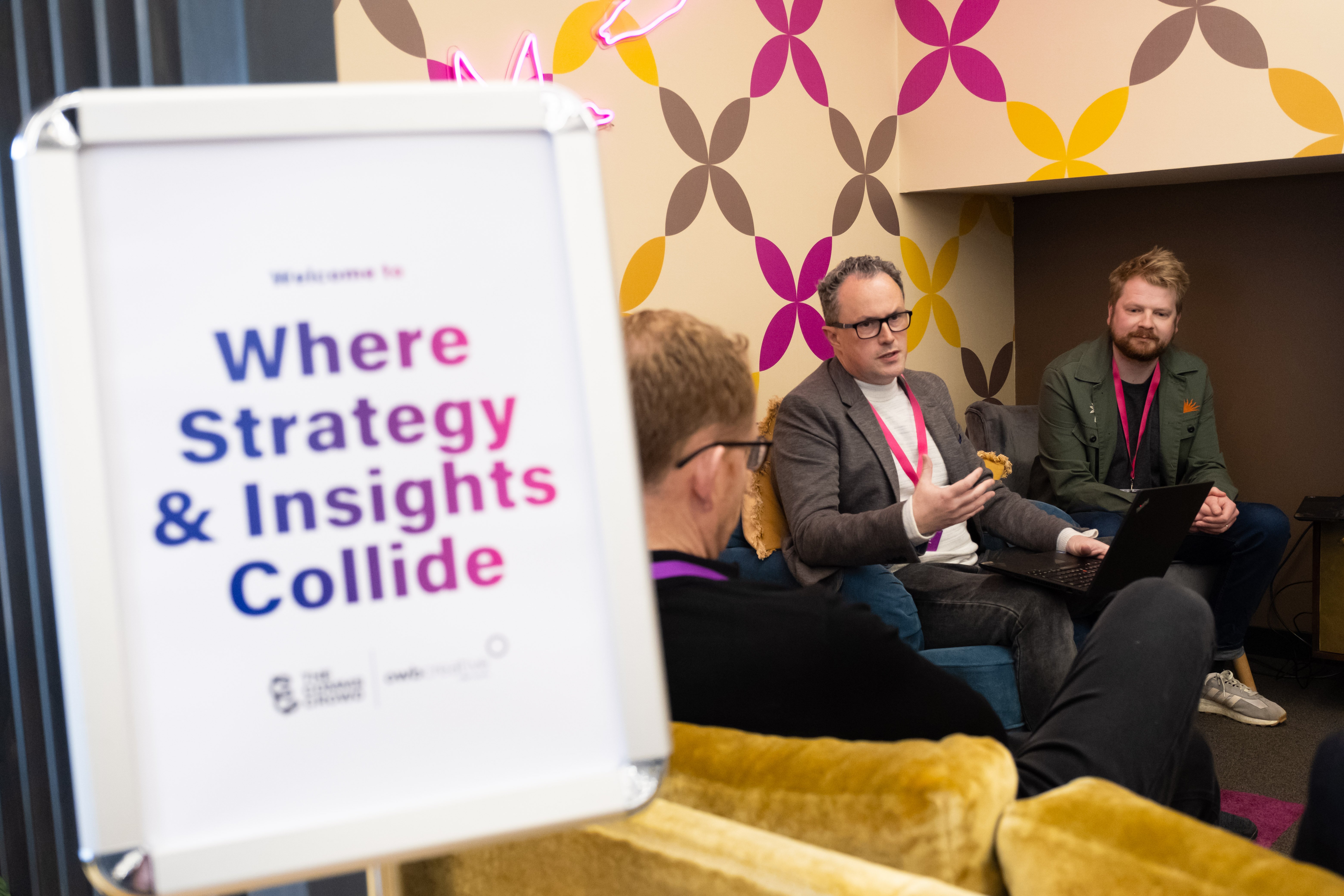When we talk about the people who support, are interested in, or buy from a brand or business, we tend to use the singular term ‘audience’. Of course, that makes sense. As a group, those people are united by their interest in our business, and we hope to target them all. But to each member of that audience, support for a particular brand is unlikely to be a defining characteristic, that's the line between audience segmentation and stereotyping.
That’s why thinking of your audience as one homogeneous group is rarely effective. It is an easy habit to slip into though, especially if you haven’t done the work of getting to know your audience and their expectations. Segmenting your audience, however, can help us overcome all sorts of hurdles.
Tailoring your messaging according to the preferences of defined subgroups within that larger audience builds stronger connections with the individuals who will ultimately make your business a success.
Audience segmentation has business value
There’s a reason so many of us are now talking about audience segmentation – it gets results. A study by McKinsey recently analysed the technique in the retail space and saw that return on promoted sales increased by up to 5% as a result of effective, targeted segmentation. More broadly, HubSpot found that it translates into a virtual space, with websites employing similar strategies becoming up to 5% more effective than those which host the same content for all users.
The principal applies to every customer interaction. Modern consumers crave personalisation – 49% have made purchases because they were presented with a personalised message and 36% want to see even more personalisation. It is segmentation that allows that personalisation to happen.
What are the pros of audience segmentation?
The power of personas
Representing key customers and customer groups, your buyer personas outline the traits, beliefs, values and attitudes of your core customer base, and are grounded in market research and gathered data. These follow the same lines as audience segments so the two go hand in hand, with personas giving a name to your subgroups, making the strategy simpler for everyone involved.
Focus on buyers’ journeys
Without segmentation, your customers meet you wherever you are in your marketing cycle. Everyone gets the same experience, whether it’s their first interaction with you or they’ve been a customer for a decade. Segmenting means you can meet customers where they are in their purchasing journey instead.
New opportunities for personalisation
With personalised comms, 80% of web shoppers are likely to make a purchase and 25% of them will come back to make another. It’s easy to see, then, why the segmentation which allows us to personalise marketing is so vital. With subgroups in place, you’re well placed to communicate your brand’s value in a medium suited to customers’ habits.
Avoid alienating customers
On the flipside, creating subgroups prevents blanket comms alienating potential customers. We’ve all had an email at some point with a great offer, one which made us excited about a brand and eager to involved. But what if we scrolled right down and found it was only actually available to customers in a different city? For many, that would result in a quick ‘unsubscribe’ or even a switch to a competitor. With segmented marketing, only those who could redeem the offer would receive it.
What are the cons of audience segmentation?
High costs
Though there’s much in support of segmenting our audiences, there are some drawbacks. Cost is chief among these. Segmenting audiences properly can take significant investment as it requires a huge amount of data gathering and processing and will ultimately multiply your spend on comms and marketing when each subgroup requires an adapted strategy.
Misaligned segments
While breaking large audiences down into smaller ones helps us to target customers better, we must be aware that attitudes and beliefs are not always fixed. Plus, it’s all too easy to exclude new prospects from your segments when they don’t fit neatly, but they’re essential for ongoing success.
Over-reliance on demographics
Demographic data, usually defined by metrics like age and gender, is often the easiest to obtain. However, it doesn’t give us as much insight as you might think. It can’t convey needs, values or motivations and so presents only very broad segments. Though useful, your segmentation shouldn’t end here.
It can be very easy to slip from segmenting to stereotyping based on these demographics. To avoid this happening check out our blog on What is the difference between audience segmentation and stereotyping?
Investment in time
Getting it right takes time. Collecting and processing data, conducting market research, building buyer personas, creating personalised comms – it all requires significant investment in both time and resource. For some it just might not be possible, and segmentation done too quickly as an exercise in box-ticking won’t be effective. It is a worthwhile investment, but it’s a big one.
There are points to be made for both sides when we ask, ‘Should we be segmenting our audiences?’ but, for us, the answer is in the businesses which have put the strategy to use. There it has proved incredibly effective, consistently delivering return on investment and creating stronger customer connections. So, yes, we should segment our audiences. In fact, if you haven’t already started, you’re at risk of falling behind your competitors.
Need a hand dealing with all that data? Our dedicated Research and Insights team know how to find the information you’re looking for and are experts when it comes to segmenting large audiences. Plus, our Campaign team can help you market to your subgroups once they’re identified. Just get in touch at anythingspossile@drpgroup.com to get started.











